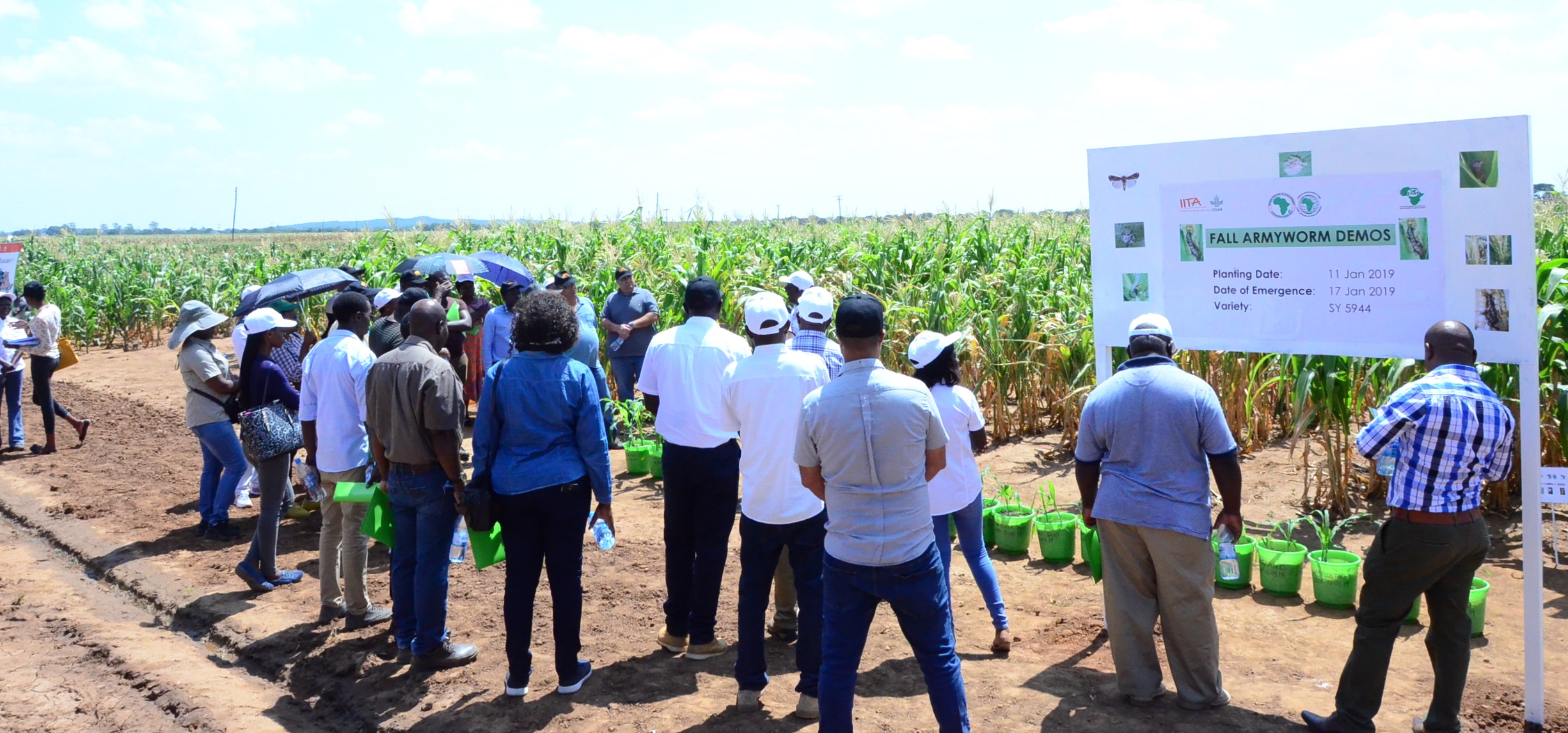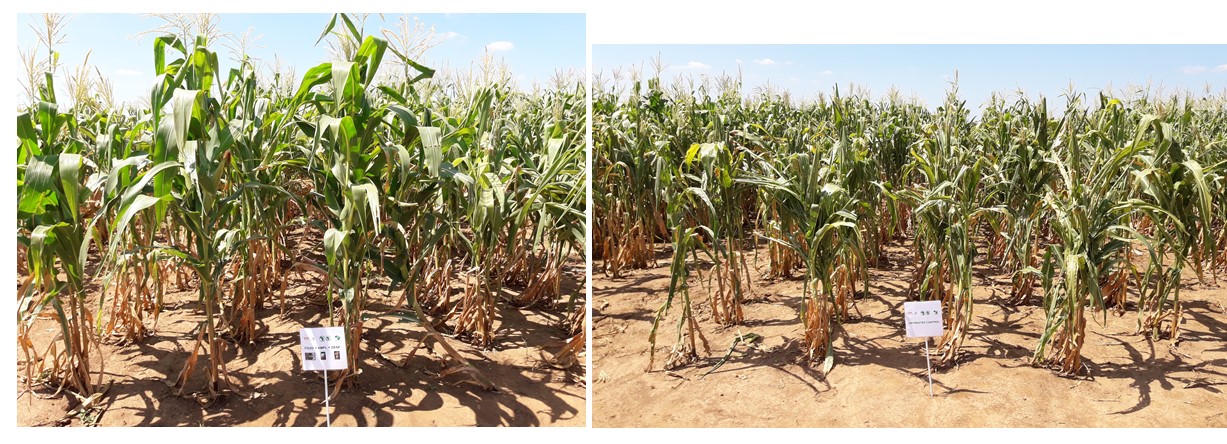
By Peter Chinwada, PhD
The 2018/19 summer season in Southern Africa was characterized by an El Niño-induced drought which led to the bulk of the maize crop being planted from end of December to mid-January 2019.
While most early-planted maize crops established using Fortenza Duo-treated seed had low to moderate incidence of Fall Armyworm (FAW), some January-planted crops had higher-than-expected incidences of FAW.
One such locations where this was witnessed was at International Institute of Tropical Agriculture (IITA-Zambia) where demos of Fortenza Duo-treated maize and non-treated maize had been planted on 11 January 2019.
To illustrate that it was an unusual pest, FAW infestations by medium to large-sized larvae were recorded at exactly one day after emergence across all demo plots. The source of this infestation was inferred to be a December-planted crop which was about 50 m away.

From 1 to 4 Weeks After Emergence (WAE), far from showcasing the benefits of a “treatment-in-the-bag” technology, the demos seemed to highlight the folly of creating so much hype on a seed treatment chemical insecticide to control a leaf-chewing insect.
Most systemic seed treatments are known to control sap-suckers rather than herbivores. Thus, assessments of FAW incidence of infestation and damage severity from 1 to 4 WAE seemed to indicate that Fortenza Duo was only slightly better than the untreated control and thus not worth the monetary investment.
However, a dramatic transformation occurred after conclusion of the 4 WAE assessment when follow-on sprays of Ampligo® (a.i. chlorantraniliprole+lamba cyhalothrin), DenimFit® (emamectin benzoate+lufenuron) or Neconeem® (neem) were applied in rotation across the demos (except for the untreated control plots) after every 2 weeks. To counter the dry conditions and debilitating heat, the plots were irrigated regularly.
By end of March, plants in the Fortenza Duo plots had not only compensated for the FAW-holed leaves but also displayed a level of vigour which was different from other plots where FAW damage had been nipped in the bud from 1 WAE through application of Ampligo.
This vigour was also replicated in greenhouse-grown potted maize plants that had been established from Fortenza Duo-treated and untreated seed in March. These plants were artificially-infested using 5-8 newly-hatched FAW larvae.
Besides having very little or no FAW-induced “window-panes” at all, plants established from Fortenza Duo-treated seed were also

healthier and appeared to have been established earlier than the “control” plants.
Most smallholder farmers who planted Fortenza Duo-treated seed in Zambia testified to the efficacy of the “treatment in the bag” against FAW and its added benefit of producing healthier plants.
Under conditions where rainfall is not limiting, higher yields are assured when Fortenza Duo-treated maize seed is planted.
Key lessons
One key lesson from the use of Fortenza Duo-treated seed are that the seed treatment chemical is an important technology within the

FAW IPM toolkit. However, in late-planted crops, interventions with follow-on technologies may be necessary as infestation can be initiated by ground-crawling older larvae which need to consume much higher concentrations of chemical — translating to greater leaf damage — before they succumb to the treatment.

